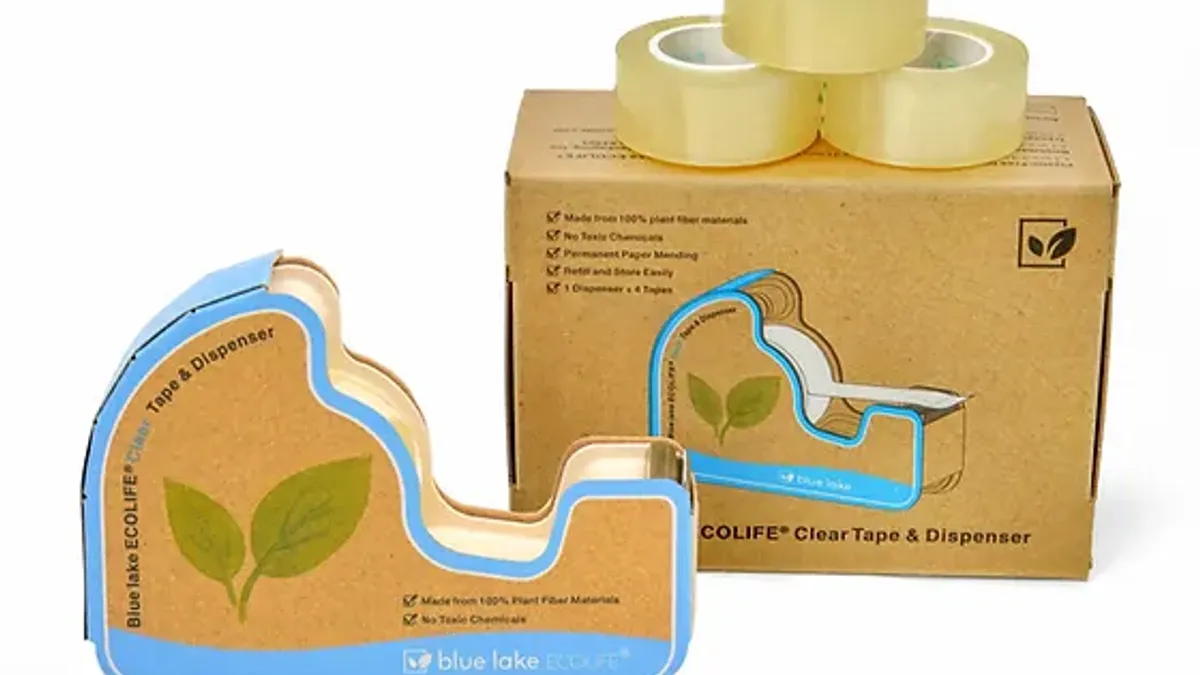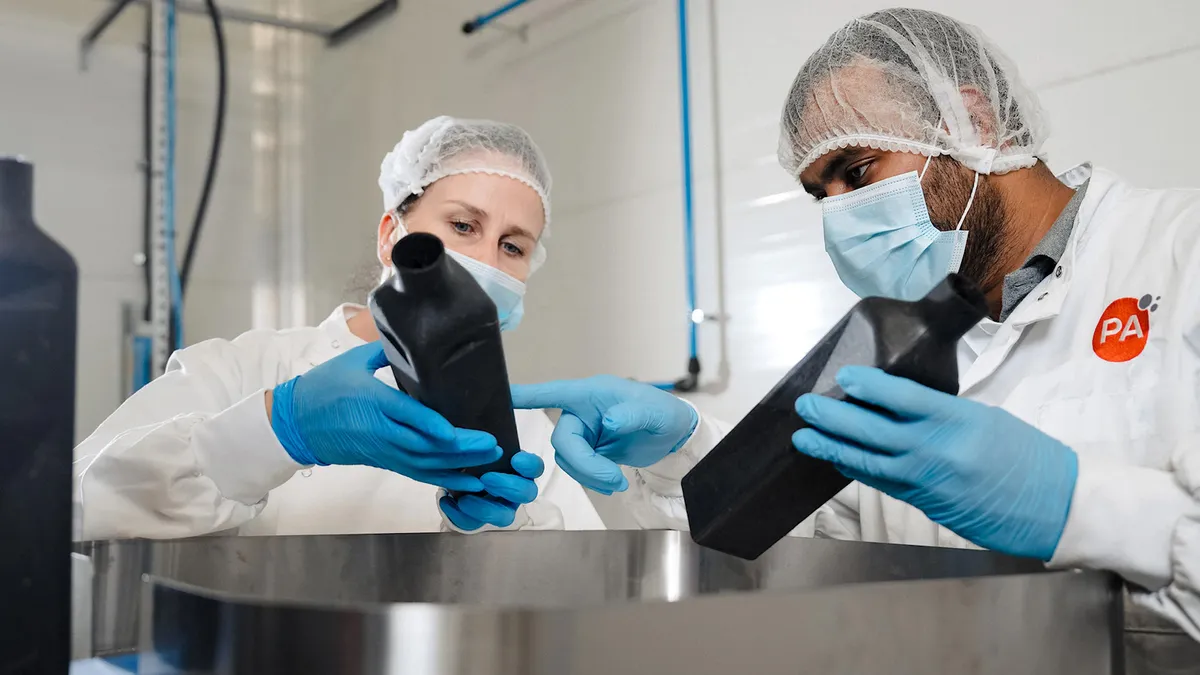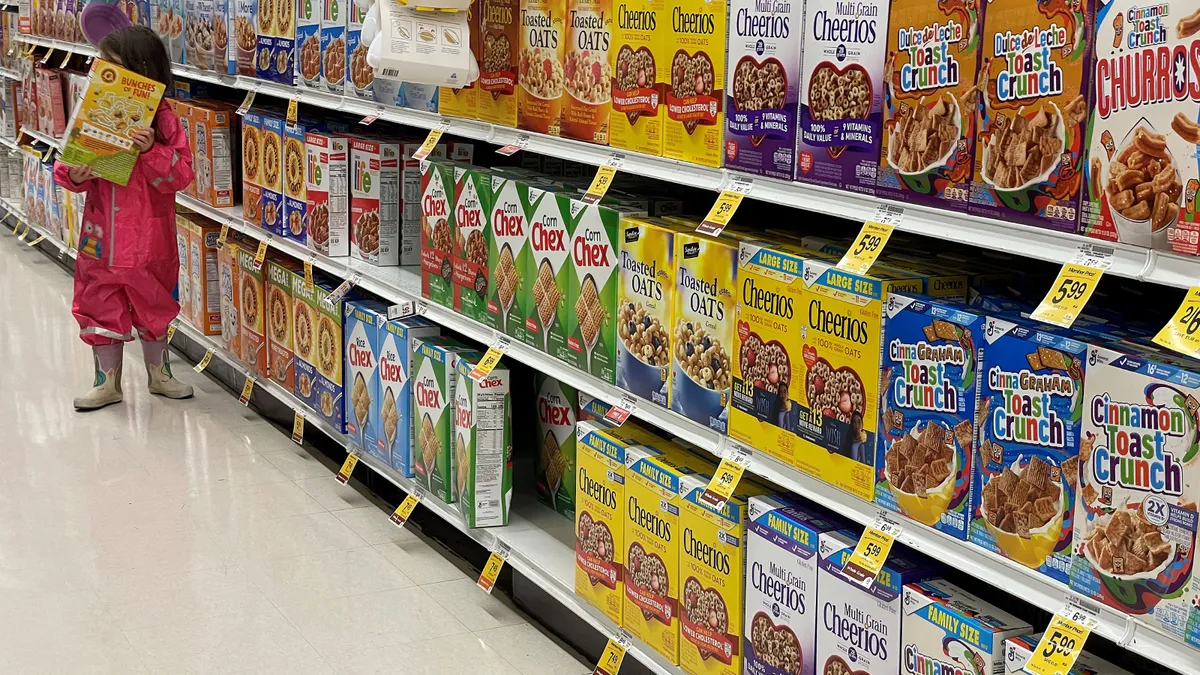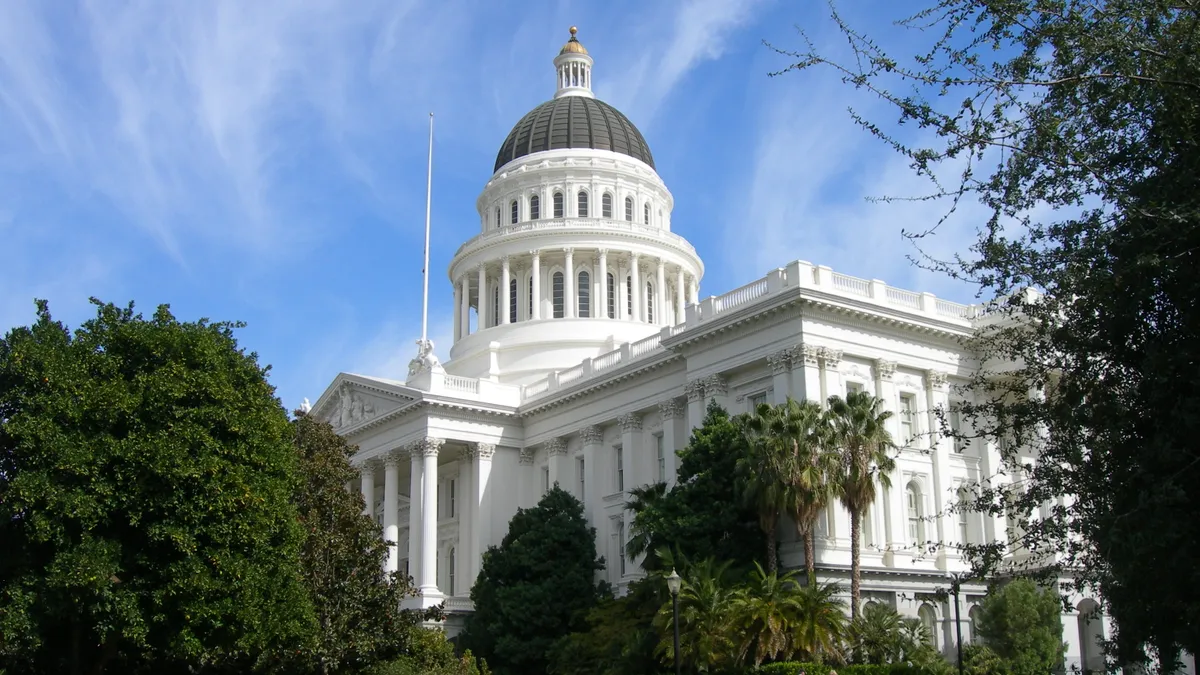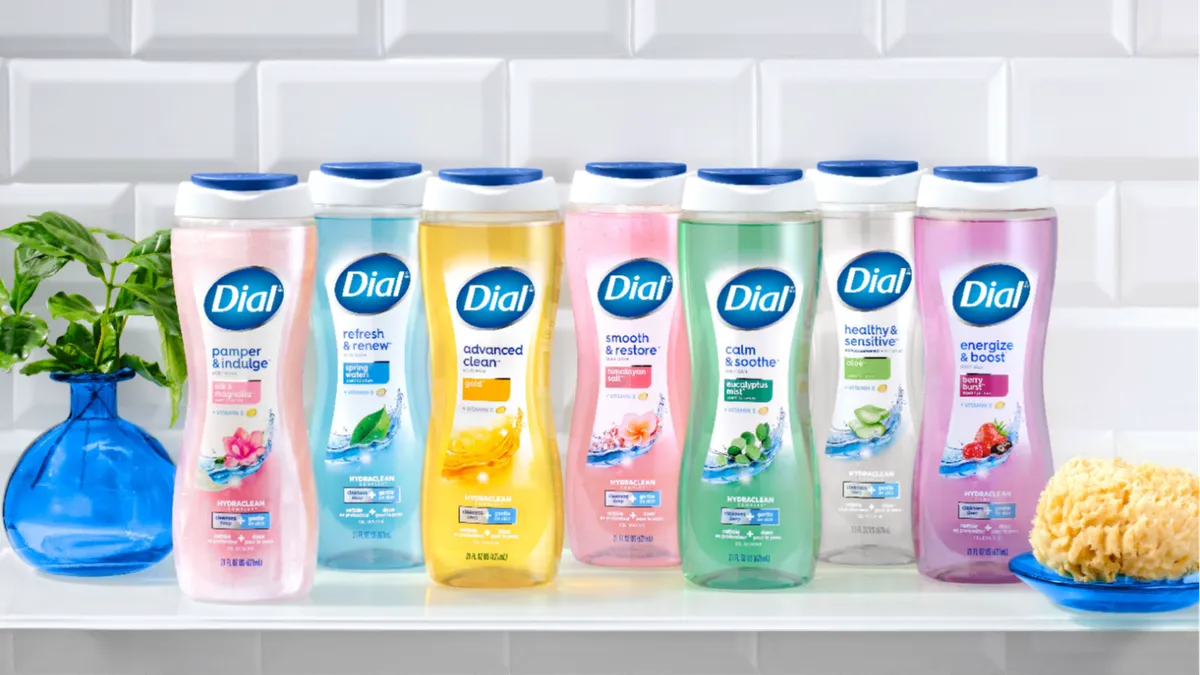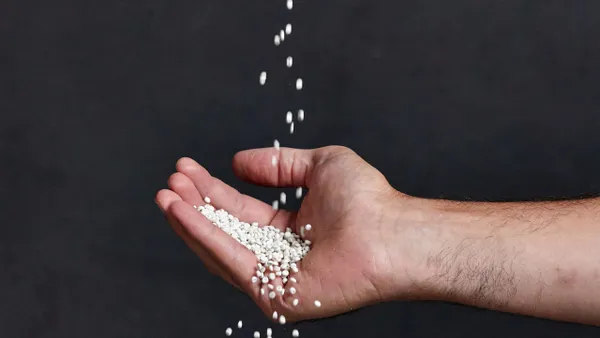Ying Liu founded California-based Blue Lake Packaging in late 2018 after spending years in Silicon Valley’s tech space, including as an executive at Apple.
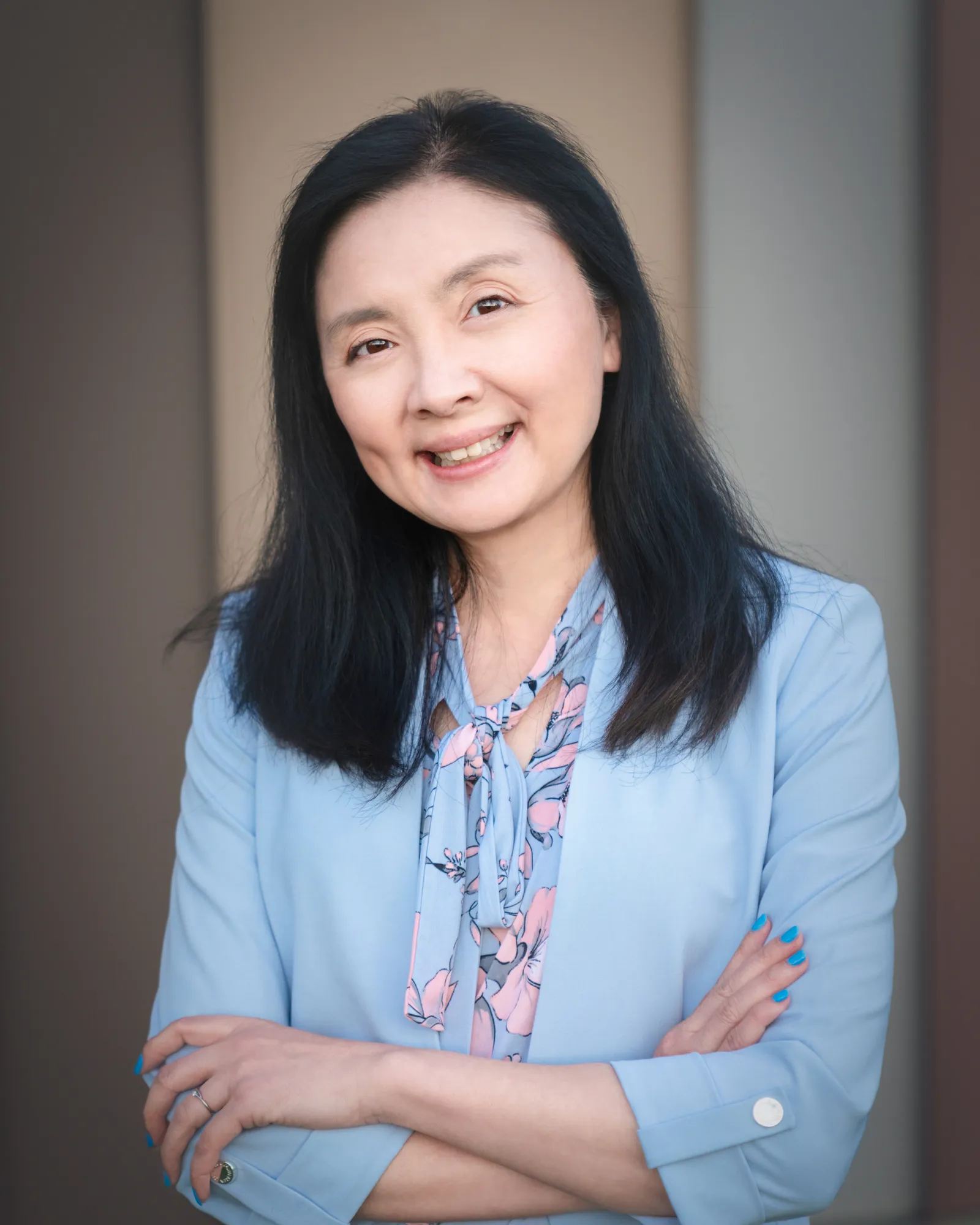
Establishing the business and trying to scale development just as the COVID-19 pandemic occurred proved challenging, but Liu is now eyeing growth strategies and working to make a larger splash in the sustainable packaging space.
Blue Lake Packaging’s mission is to provide plastic-free products, largely by redesigning existing plastic products to be made from fiber or biomaterials that are recyclable or compostable.
Blue Lake’s product offerings include the newly released fiber-based tape and dispenser. In 2024, the company aims to expand its market reach as well as its product offerings. In particular, Liu sees promise in the plastic-free cushioning material space.
Liu spoke with Packaging Dive about what prompted her to launch Blue Lake Packaging and how her background in tech — especially her 12 years at Apple in various operations, supply chain management and corporate social responsibility positions — is shaping her current role.
This interview has been edited for length and clarity.
PACKAGING DIVE: What prompted you to pivot from your previous employment to found a company focused on finding more sustainable alternatives to plastic packaging?
YING LIU: Our company started in California, and customers there have some demand. Also, my personal story was that I first visited two MRFs, material recovery facilities, in the Bay Area, and I was absolutely shocked with what I saw. I was determined to do something about this. That was the beginning of our journey.
What shocked you about the MRFs and drove you to take action?
Right when I got out of the car — I still have the pictures — I saw the piles of trash in the yard. I also visited inside, on the sorting line. I saw those gigantic conveyors of materials and [equipment] trying to identify different types of plastics from the trash in order to recycle them. That was a household [stream], so it’s mixed with food and all different kinds of stuff, so it was really hard to sort it out. I saw films go down into the machine, and they had to stop the machine in order to get rid of the plastic films.
As a resident in the area, I was shocked. I felt like I probably contributed to some of this garbage. I remembered when my daughter turned five, I hosted a party for her and like 25 kids, and I gave them plastic goody bags and all kinds of things wrapped in plastics. I felt like, as a mom, I wanted my kids to be happy and healthy and safe. That was my wake-up call, to really see with my own eyes and understand how big the issue is, even in the center of Silicon Valley.
And I read so many articles about ocean plastic and about the soil contamination. So I realized that plastic pollution is really a very serious issue that may impact future generations.
There’s so much plastic waste that we could avoid, so I started researching alternatives. I visited [facilities] along the entire supply chain of packaging: from the paper mills to the molded fiber factories to molded fiber equipment suppliers to printing companies to companies that make paper bag machines and different kinds of facilities that produce different kinds of materials.
I concluded that in order to be disposal friendly, we needed to use something from nature, which means that plant-based fibers will be our first choice. I was very lucky to be with my business partner, who has extensive experience in papermaking and polymer materials. We partnered and we wanted to develop materials and also packaging solutions to replace plastics.
Blue Lake’s model appears to be to innovate by adapting current products to be more sustainable as opposed to developing completely new products. Is there something in particular that made you choose this model?
There are so many reasons why we chose the path to replace the current packaging with something more sustainable. But we really see it from two ends: one is from the demand side, and secondly from the technology perspective.
There’s definitely a market, increasing demand, for sustainable packaging. I think there are so many companies — in the food industry or consumer electronics or personal care — that are looking for solutions. One thing is their ESG goals. And also there are regulatory requirements now in Europe, and growing regulation actually in the U.S., such as California where I live. The demand is there, so we don't have to completely reeducate.
We're trying to provide our packaging solutions with equivalent functions at similar costs. We see the technologies are getting there. Meaning, given our knowledge and experience of fiber-based technologies, there are things we can do to improve the physical strength or other performance of fiber-based solutions. There are things like this within our control to be able to develop meaningful alternatives.
Exactly how do you determine which products to develop?
I had very extensive experiences in the consumer electronics industry, anywhere from components to modules to mechanical parts to final assembly. That’s where I'm most familiar. So I started from that angle of what we can replace.
One is the ESD (electrostatic discharge) protection, because I've been to so many electronics industry factories ... that have all these kinds of electronic modules and components. And also we have seen different cushioning materials for different parts and different products. So, those are the two beginning points for our product portfolio.
In the process of developing the solutions, we also discovered things along the way like adhesives and tapes and things like protective film. What we're trying to accomplish at Blue Lake is we're trying to develop a common technology platform, call it the common denominator, for technology-based cellulose films, like a plant-based fiber for cushioning solutions.
It sounds like your time at Apple has really influenced how you approach your current role.
Yes, absolutely. I've been to probably hundreds of factories throughout my career at Apple. So I have the firsthand information that I gained throughout those 12 years to really understand how packaging is being used in the factories.
After I visited factories, and also the MRFs, I think I have now a clearer understanding of how they're sorting it. Because a lot of people may have a false impression; people think the plastic probably will be recycled, but the reality is, as we all know, it’s probably less than 10% [recycled]. According to EPA in 2019, before the pandemic, only 9% of plastics in the U.S. were actually recycled; during the pandemic the percentage has been even lower.
Right now, I think we're trying to accomplish on the industrial application side more sort of protective applications related to the packaging and also cushioning related to the packaging.
Sustainability is a broad term. When you're designing products are you solely focusing on ways to switch away from plastic and toward fiber? Or are there other sustainability aspects that you also focus on, such as the carbon footprint, life cycle assessment or other metrics?
I think we’re looking at sustainable packaging in a more comprehensive way. The circular economy is one thing, but at the same time we’re trying to avoid any toxic materials. We're trying to be very sensitive to the carbon emissions as part of our consideration when we design our materials, our processes and our packaging solutions.
The way I look at sustainability, particularly in the packaging that we're working on, I call it an input-output model. We use plant-based natural fiber materials as our main source of input materials. Then on the output side, we are looking at how our packaging solutions will be able to be recycled with paper, which is the most widely recycled material, or [if they are] backyard compostable. We know there are industry standards set up for what process you need to go through in order to get certified.
We do not use any toxic materials, and we do not use any petroleum-based material if we can avoid it. We're also getting certified by the USDA; they have a program called BioPreferred. We get certified for the percentage of biomaterials we have in our products.
Then, in between input and output, there are always manufacturing processes. So inside of the manufacturing processes, we look at how we can be more energy efficient in terms of consuming less electricity, less water and how we can shorten the distance between different processes.
What is the biggest challenge Blue Lake Packaging faces in its product development?
There are always challenges for any big or small companies. For us, I’d have to say the biggest challenge was probably the pandemic.
When we first set up our trial run lab in China back in the beginning of 2020, the whole world actually shut down. So, at that time we couldn't utilize our small facilities in our lab, equipment and other things, to do some of these experiments. It also delayed development of our trial run line. We scrambled to put pieces of things together with the sort of on-and-off of the shutdowns and sometimes limited access to materials.
But we managed to overcome the challenge and now we have our trial run line, we have a lab, we have samples. Also, since last year, I would say we made rapid progress in getting our solution up and ready for the market.
Secondly, I would say talent could be a challenge — that will be an ongoing challenge. For the solutions we’re trying to develop, there’s probably not readily available talent in the market.
Because if you look at the way people are educated — regardless of whether it’s in the U.S. — we found that the way people learn is probably different from the way we want to apply the technology into the real world. For example, there are people who probably learn about polymer materials, but they have very little knowledge about paper or biobased material. There are people who learn papermaking but they probably are not quite familiar with how adhesives work or are made. We felt like there are not that many interdisciplinary programs in the world that really look at materials development as a whole.
We overcome the challenge by hiring people from different expert areas, with their specialties in either machining or in materials formulation, in papermaking, in polymer materials. We come to our whiteboard and brainstorm together. It’s really fun to work with people from different backgrounds, but at the same time, as you can imagine, it's not like just one person will be able to solve the problem alone for the solutions we’re developing.
What does 2024, and beyond, hold for Blue Lake Packaging?
In 2024, we're going to have a breakthrough in our technology, and we're going to deliver our solutions to the market. We have a timeline and also detailed steps to get there. Particularly for our cushioning materials, we are very happy with the progress that we made and we believe that we could potentially become one of the most competitive suppliers in this area.
We’re also quite excited to not only develop our technology, but also to apply it to household products. The paper tape and dispenser product we launched recently is a perfect example. We have a few products in the pipeline that will be delivered this year.
Packaging is not only for wrapping or protecting a product, the packaging itself can be a product. That’s a concept we are working to help expand.



